In the field of medical injection molding, the whitening phenomenon of products directly affects the appearance quality and functional reliability of medical devices, and may even pose risks to patients during use. This article, considering the characteristics of the medical industry, systematically sorts out the causes of the whitening phenomenon and targeted solutions, providing technical references for the optimization of medical injection molding processes.
I. Typical Causes of the Whitening Phenomenon in Medical Injection Molding
(A) Material and Formula Defects
-
Additive Migration
Medical-grade plastics often contain additives such as antistatic agents and lubricants. If these additives have poor compatibility with the base resin, they are prone to migrate to the surface of the product, forming a whitening layer. For example, the connector of a certain brand of infusion set developed powdery white spots on its surface after three months of storage due to the use of low-molecular-weight stabilizers.
-
Excessive Impurities in Raw Materials
The medical injection molding industry has extremely high requirements for the purity of raw materials. If the raw materials contain moisture, metal ions, or low-molecular-weight polymers, they are prone to decomposition during high-temperature melting, producing gases that lead to air marks or white fog on the surface of the product.
-
Unreasonable Formula Design
PC/ABS alloys are commonly used for the casings of medical equipment. If the proportions of flame retardants or toughening agents are inappropriate, phase separation may occur, resulting in stress concentration and whitening at the ejection areas.
(B) Uncontrolled Process Parameters
-
Temperature Imbalance
-
Excessive Barrel Temperature: When the injection temperature of PC materials exceeds 320°C, thermal degradation is likely to occur, producing low-molecular-weight substances that migrate to the surface.
-
Excessively Low Mold Temperature: When the mold temperature for PP materials is below 60°C, the melt front solidifies rapidly, leading to shear whitening in thin-walled areas.
-
Mismatched Pressure and Speed
-
Excessive Injection Pressure: In the production of a certain medical catheter, an injection pressure exceeding 150 MPa caused melt fracture, resulting in silver streak-like whitening at the end of the runner.
-
Insufficient Holding Pressure Time: Due to a holding pressure time of less than 2 seconds, the thin-walled medical buckle developed ejection whitening caused by cooling shrinkage.
-
Excessive Shear Rate
During high-speed injection (exceeding 500 mm/s), turbulence occurs at the gate, causing molecular chain breakage on the surface and forming microscopic crack whitening.
(C) Mold and Equipment Defects
-
Venting System Failure
If the depth of the venting slots in the mold for precision medical gears exceeds 0.03 mm, gases cannot be discharged in a timely manner, resulting in burnt white spots on the surface of the product.
-
Improper Ejection Mechanism Design
The handle of a certain surgical instrument developed local stress whitening due to the small diameter (φ2 mm) of the ejector pins, which concentrated the ejection force. After improving the design to use φ5 mm ejector pins, the problem was eliminated.
-
Uneven Cooling System
If the spacing between cooling water channels in the mold for the casing of a medical monitor exceeds 80 mm, a local temperature difference of more than 15°C may occur, leading to shrinkage stress whitening.

II. Solutions to the Whitening Phenomenon in Medical Injection Molding
(A) Material and Formula Optimization
-
Additive Screening and Compatibility Improvement
Select high-molecular-weight antioxidants (such as Irganox 1076) instead of low-molecular-weight varieties to reduce additive migration by 60%. For PC/ABS medical casings, use silane coupling agents to treat fillers and improve interfacial bonding.
-
Enhanced Pre-treatment of Raw Materials
Medical-grade PP materials need to be dried at 80°C for more than 4 hours to reduce the moisture content to below 0.02% and avoid hydrolysis-induced whitening.
-
Dynamic Formula Adjustment
Adjust the amount of flame retardants according to the wall thickness of the product. For thin-walled products (<1.5 mm), the flame retardant content should be controlled at 8% or less, while for thick-walled products (>3 mm), it can be increased to 12%.
(B) Precise Control of Process Parameters
-
Multi-stage Injection Process
Adopt a "slow-fast-slow" three-stage injection method:
-
First stage (runner section): Injection speed of 20%-30%, filling volume of 30%
-
Second stage (gate section): Injection speed increased to 80% to avoid melt fracture
-
Third stage (cavity section): Injection speed reduced to 40% to reduce internal stress
-
Temperature Gradient Management
For medical-grade PPSU materials, set the barrel temperatures to 340-360-380-370°C and the mold temperature to 130-150°C to ensure full plasticization of the melt without degradation.
-
Synergistic Holding Pressure and Cooling Control
Set the holding pressure to 70%-80% of the injection pressure. Calculate the holding time based on the product thickness (t = 0.5 + product thickness in mm × 0.2 s). Ensure the cooling time is sufficient for the product temperature to drop below the glass transition temperature.
(C) Mold and Equipment Upgrades
-
Venting System Optimization
In the mold for medical microfluidic chips, adopt vacuum-assisted venting technology to reduce the cavity pressure from 0.8 MPa to 0.3 MPa and eliminate gas-induced whitening.
-
Ejection Mechanism Improvement
For molds of medical implants, use nitrogen spring ejection systems to evenly distribute the ejection force, with the ejection speed controlled at 10-20 mm/s.
-
Intelligent Control of Cooling Water Channels
Adopt conformal cooling water channel designs and use mold temperature controllers to achieve ±1°C precision control, reducing the cooling time of medical stent products by 30% and internal stress by 45%.
III. Industry Practices in Controlling the Whitening Phenomenon in Medical Injection Molding
An international medical equipment company has reduced the whitening rate of its injection-molded products from 8% to 0.3% by implementing the following measures:
-
Establish a material database and conduct compatibility tests on more than 200 types of medical-grade plastics.
-
Develop an intelligent optimization system for process parameters to adjust injection speed, holding pressure, and other parameters in real time.
-
Use mold flow analysis software to simulate whitening risk areas and optimize mold design in advance.
-
Implement cleanroom management to control the environmental humidity at 40%-60% RH and the temperature at 22 ± 2°C.
Conclusion
The control of the whitening phenomenon in medical injection molding requires a systematic approach from the aspects of materials, processes, and molds. As the medical industry places increasingly stringent requirements on product reliability, adopting a scientific methodology and advanced technical means has become the key to improving the quality of medical injection molding. In the future, with the development of intelligent injection molding technology, the prediction and prevention of the whitening phenomenon will reach a higher level of precision.
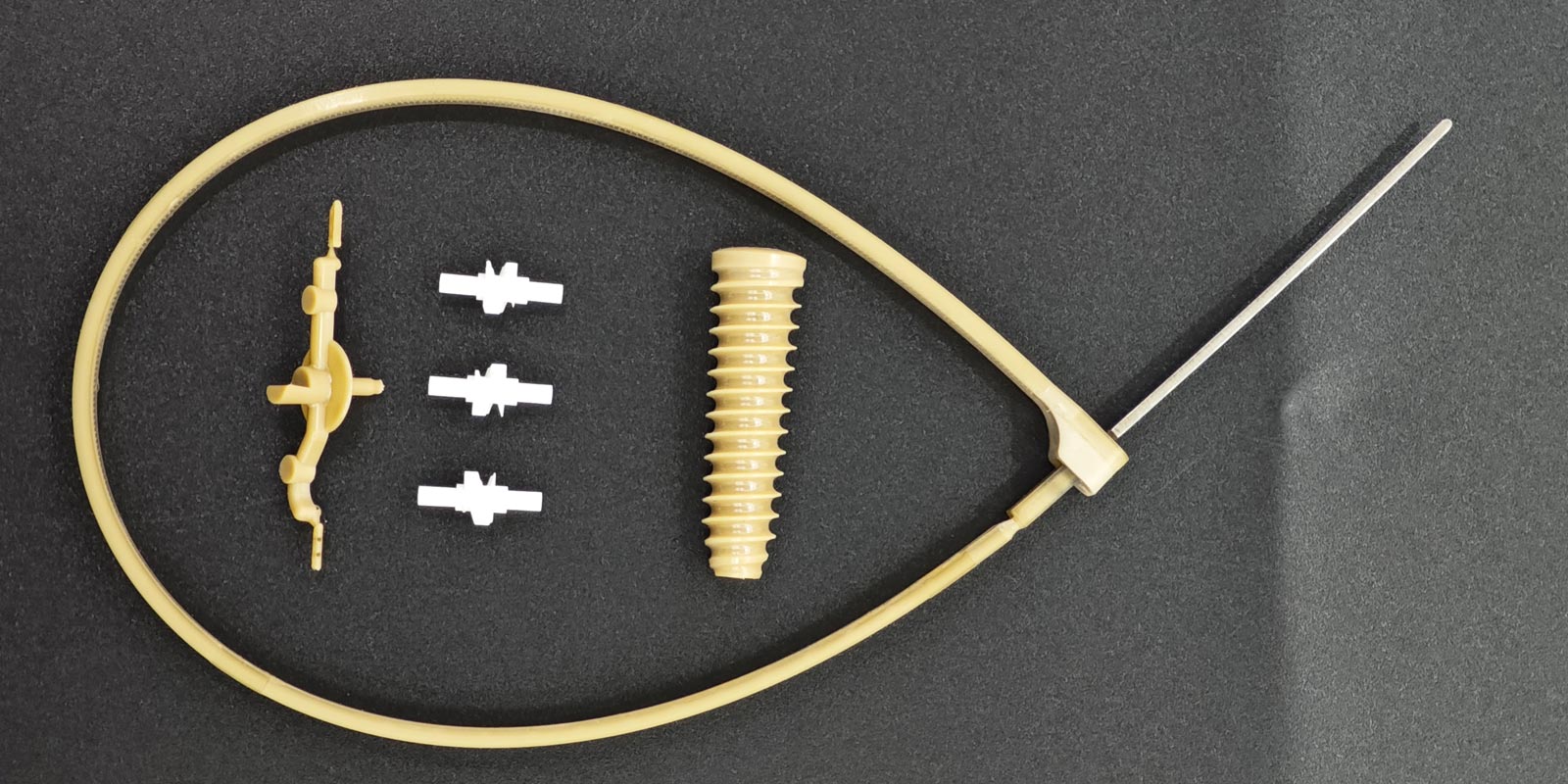
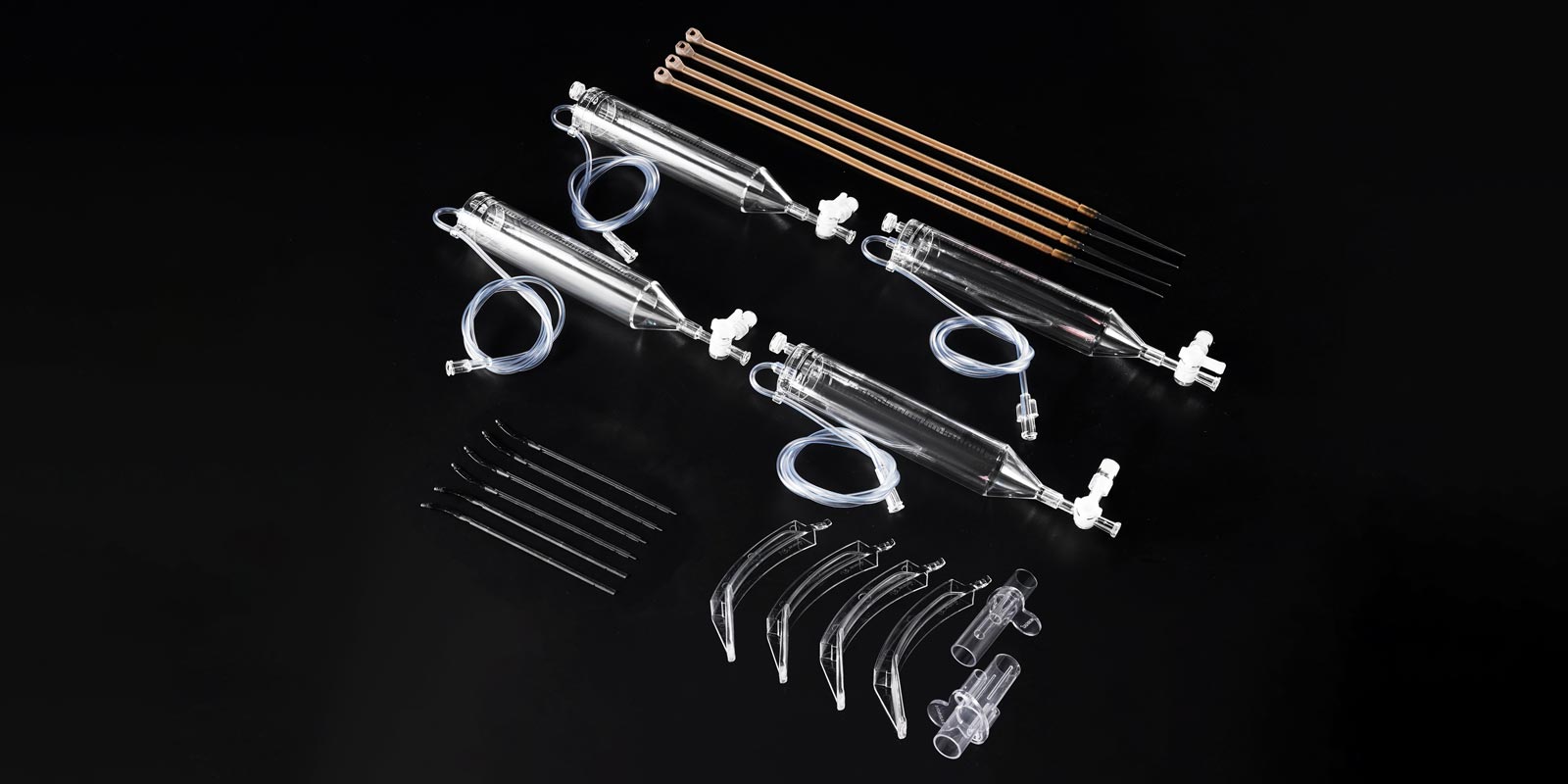

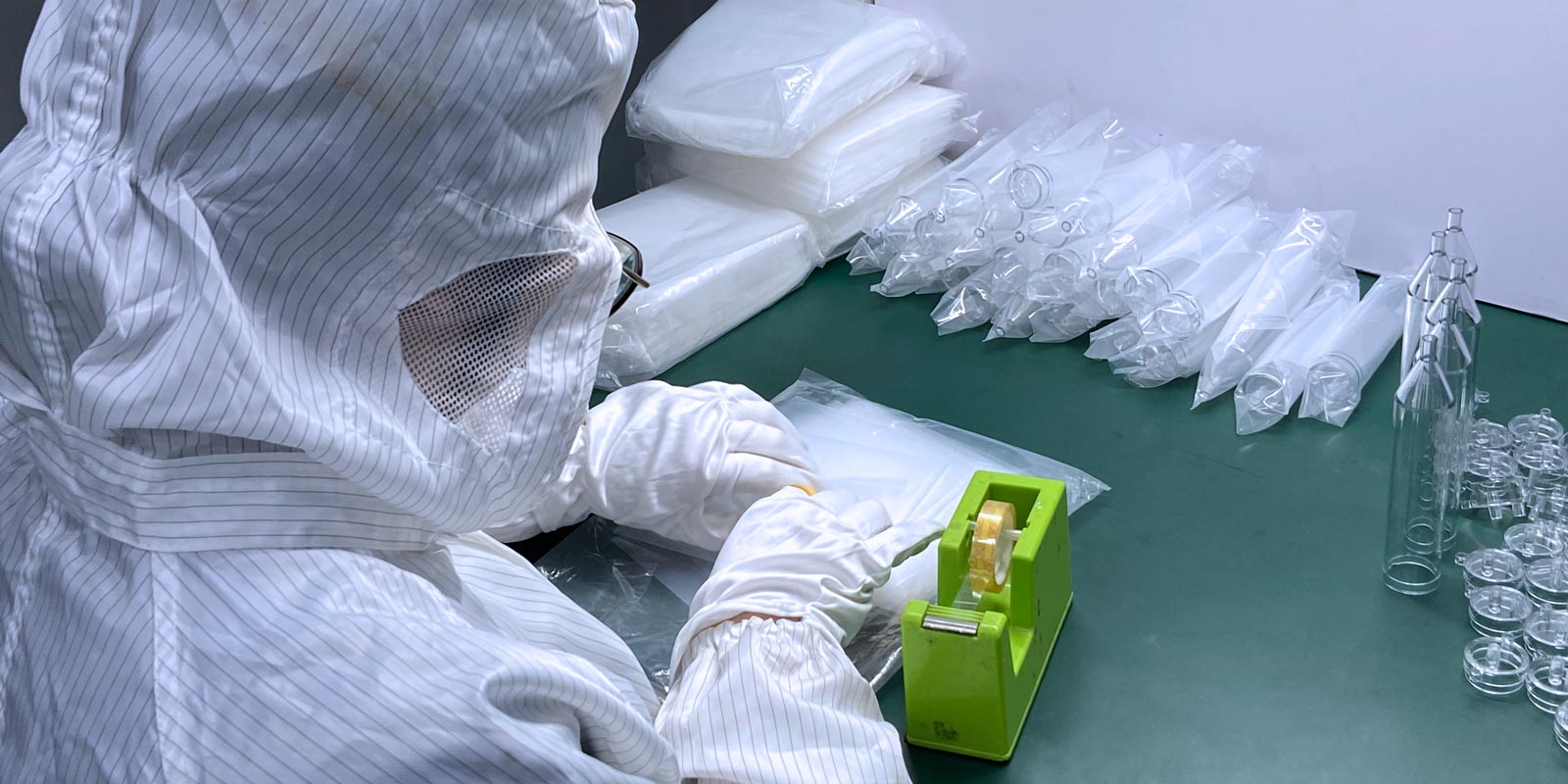
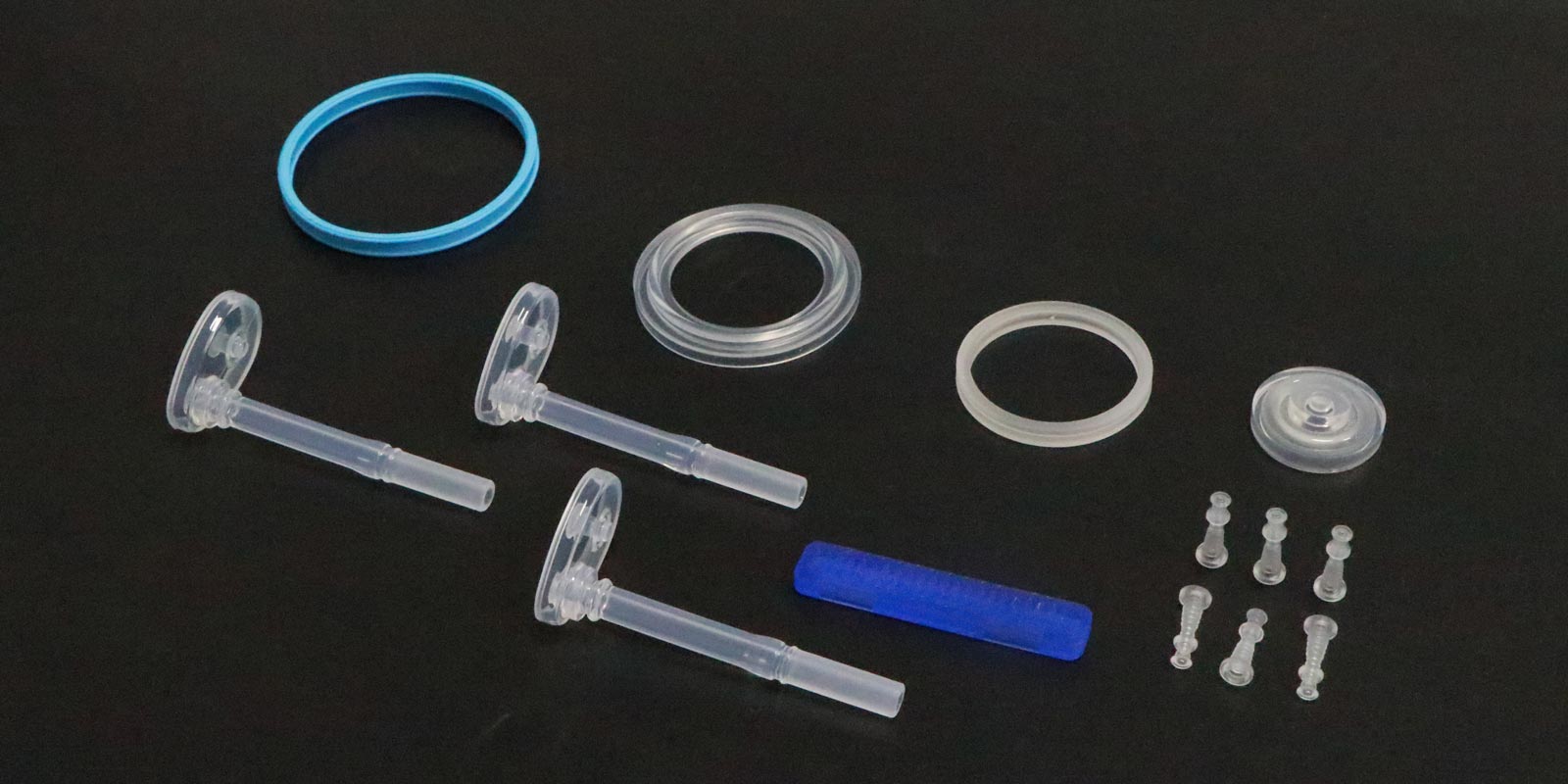


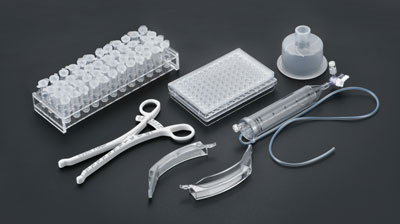
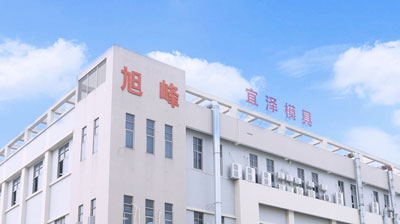







 Home
Home
